Knowledgebase
Latest from Kingshay's Knowledgebase
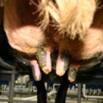
Maintaining good teat condition is a crucial line of defence against mastitis, as opportunistic pathogenic infection via the teat canal is one of the most common causes. ...
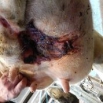
Reports of Bovine Ischemic Teat Necrosis (ITN) - which causes cattle to excessively lick and remove their teats - are on the up. The condition was first officially iden...
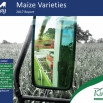
This year’s Kingshay Maize Variety Report emphasises the importance of choosing the right variety to reduce risk and exploit the potential of this valuable crop. Wit...
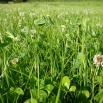
This is the fifth in a series of DAIRY insight publications covering ‘Net Zero Emissions’, where we aim to outline current and future actions that may help the UK dai...
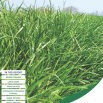
Last published in 2017, this NEW edition of the Forage Costings Report has been fully updated to provide a detailed insight into the costs of producing forage. Using this...
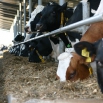
This is the second issue of our new publication, RESEARCH insight. The aim of the publication is to translate relevant scientific research into useful information for you...
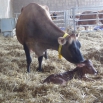
The future of the dairy herds on most farms, lies with their heifers. Good management from the very start is therefore key to a successful herd and is essential to reduce...
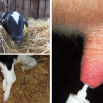
Mycoplasma bovis (M. bovis) has been recognised for over 50 years as a pathogen in cattle. It is associated with bovine respiratory disease (BRD) and joint ill in calves,...
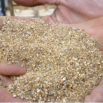
Dietary fats have been subject to intense dairy cattle research over the last 30 years, leading to increasing evidence that demonstrates that fatty acids can have both po...
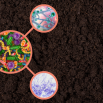
With an estimated 4,000 to 50,000 species of micro-organisms per gram, soils are considered to be one of the most diverse habitats on earth.
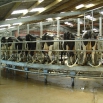
A growing number of milk processors are testing milk for thermoduric bacteria and penalising for counts above >500 cfu/ml. With high counts associated with milk quality a...

This is the first in a series of dairy insight publications covering ‘Net Zero Emissions’. We will attempt to identify the sources of each GHG, how it may be reduced ...
